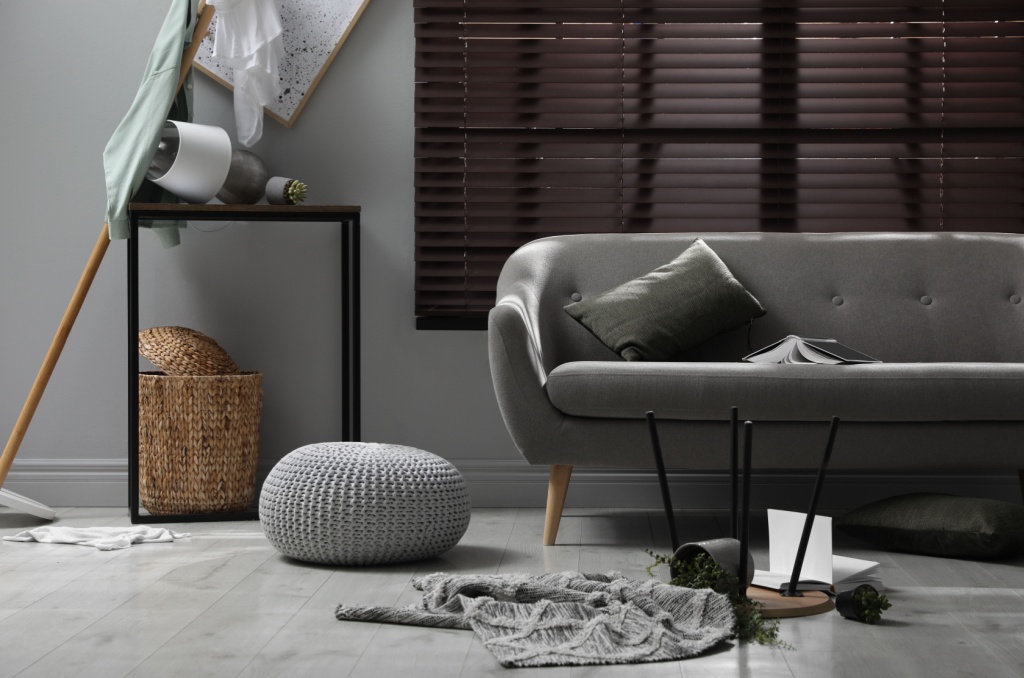Finding a work-life balance is just as essential for peace of mind as it is for increased efficiency, and working from home often results in the intermingling of these two sides of life.
A home office may be a particularly good idea for those who work in large, congested cities and have to commute. Whether you’re living in Boston or looking for Chicago apartments, renters everywhere tend to agree that setting up a home office beats spending time in traffic every day.
But, what do you do when your work and personal life start to blend together? Below are three tips to help you organize, compartmentalize, and—if need be—disconnect when working remotely.
- Keep a dedicated office space
First, you don’t have to dedicate an entire room to your professional endeavors. Create a home office with minimal fuss by integrating your work area into another room with a few sturdy shelves, a compact desk, and a good chair. As long as that room is not the bedroom—which is arguably the worst room to have your office in—you can easily separate your office and your non-office space with a folding screen.
Next, compartmentalize. This becomes even easier when multiple aspects of your work life don’t interfere with your personal life. For example, remove most personal items from the dedicated office space, and keep a separate work phone number and email address.
Finally, safety and privacy are paramount in a professional environment. When working from home, you are the one who is responsible for providing both. Make your job simpler by keeping a safe for important items and invest in a security alarm and motion-sensing lighting outside. You might also consider adding coverage to your renters’ insurance policy for the contents and equipment in your home.
2. Clean and declutter regularly
This doesn’t mean just organizing and backing up files. On top of adopting a good filing system that works for you, it’s essential to make sure you have all of the supplies you need. A pegboard or utility board that holds your go-to items or notes helps make use of wall space rather than spreading out. Similarly, sorting or labeling allows you to keep what you need within arm’s reach; this ensures maximum productivity and cuts down on time spent looking for something you use every day. If you work with lots of papers and documents, a shredder can also come in handy; just remember to unplug it when not in use.
Your office space setup often mirrors how you conduct business. Tame those power cords; leaving cables across the office makes you susceptible to injuries and fires. If going completely wireless is not an option, curb cable clutter on your desk with adhesive cable clips or power cord ties.
At the end of the day, set aside ten minutes to clean up, throw away any trash, and give the desk a quick wipe. You’ll thank yourself tomorrow.
3. Stick to regular hours
One of the traps of working from home is building your entire day around your job and spending too much time inside. Sticking to regular hours and avoiding overtime is essential to your health, so go out there and live your life., including a regular exercise routine
For instance, do you have happy hour plans with friends who have 9-to-5 jobs? Make it a priority to meet them even though the bed is right there and tucking in feels like the only thing you want to do at the end of the day. A routine that gets you out of the house is effective for clearing your mind.
If you’re the type of person who often gets immersed in your work, set an alarm to signal the end of working hours. Then, take the dog for a walk, run an errand or two, jog around the neighborhood, or pick up some groceries. Whatever it is, make sure it marks the end of work and gets you some fresh air.




